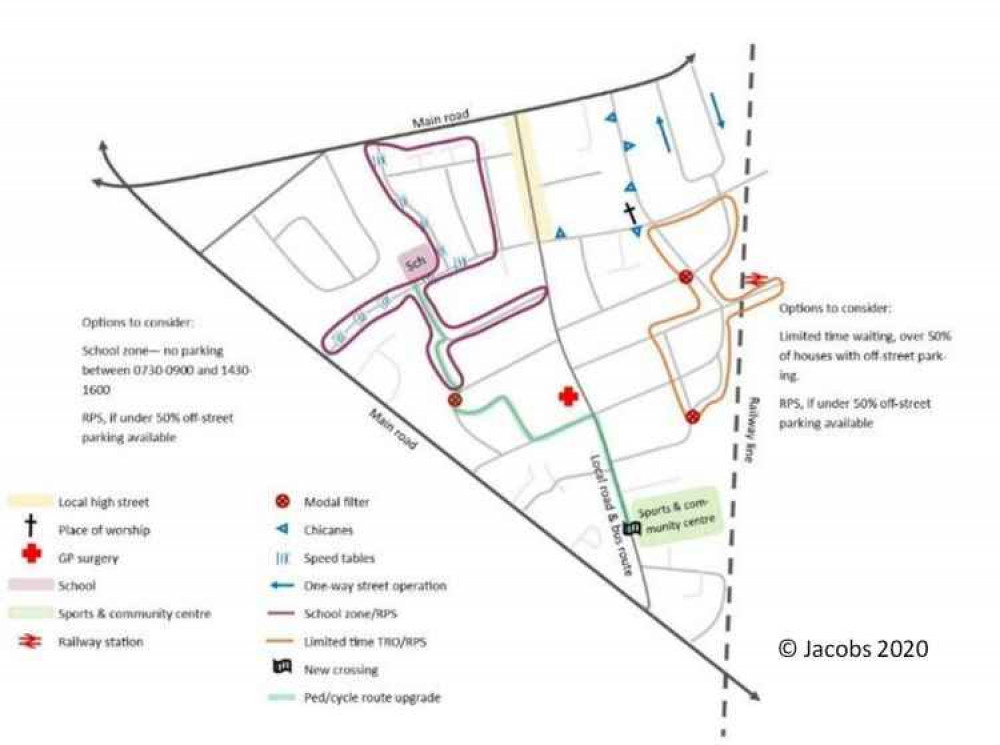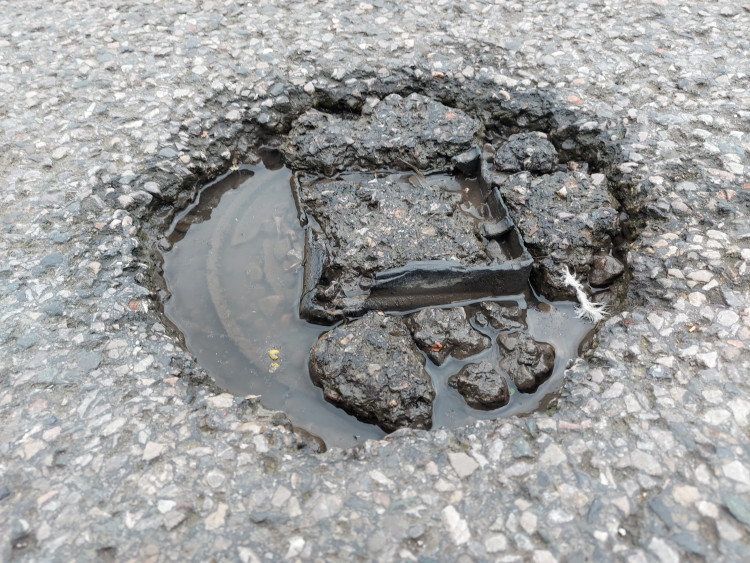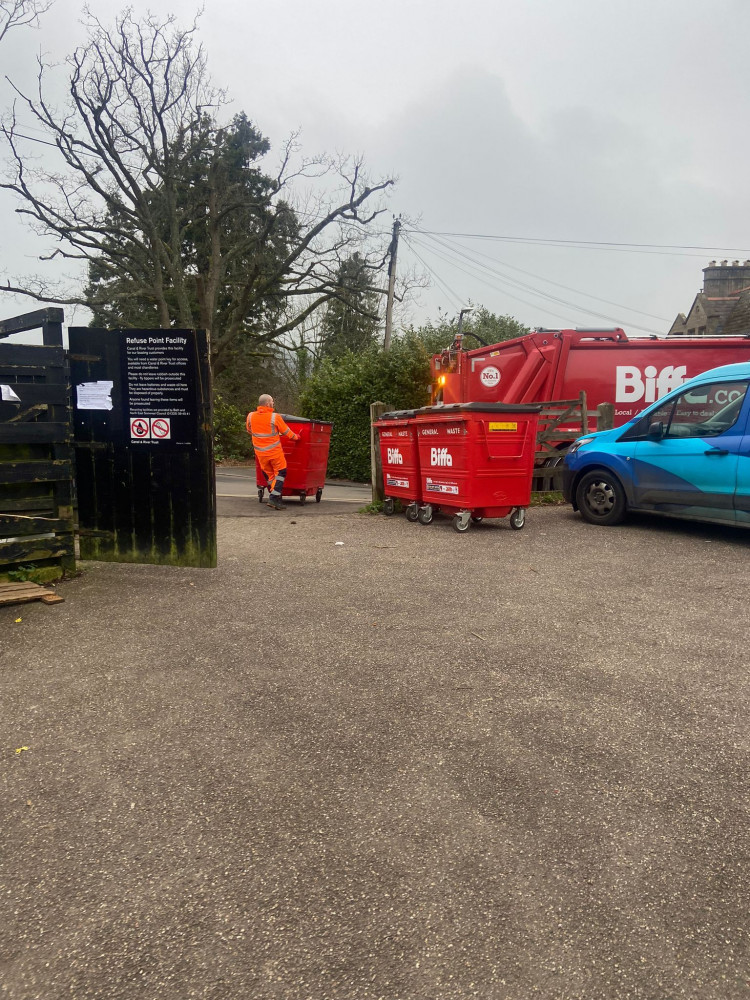Over a thousand respond to liveable neighbourhoods consultation from B&NES
By Susie Watkins
15th Oct 2020 | Local News

Transport bosses say building new roads is not an option so they need to radically reduce traffic on Bath's roads.
Councillor Joanna Wright said the number of vehicles kept swelling for decades but now Bath and North East Somerset Council is reclaiming the streets for people.
More than 1,100 residents have now responded to its consultation on liveable neighbourhoods, and the proposals could be adopted by the end of the year.
A key part of it is delivering low traffic neighbourhoods – an election pledge for the Liberal Democrat administration – groupings of predominantly residential streets that restrict through traffic.
Chris Major, the assistant director for highways and transport, said the proposals would displace traffic onto trunk roads and there was "no easy answer" for how the council will support people who live on them.
But he added: "We're going to get more traffic if we do nothing. We're trying to put forward opportunities for people to change the way they travel and reduce the overall numbers of vehicles, which should reduce the impact on distributor roads."
Mr Major told a webinar on the proposals last week: "The aim of liveable neighbourhoods isn't to prevent those essential trips we all make on occasion – it's about making sure people have a safe choice to travel.
"Evidence suggests that as much as 15 per cent of traffic disappears entirely when you develop a liveable neighbourhood.
"If someone suggested another way of gaining such benefits in reducing traffic levels, increasing health outcomes and boosting businesses for a similar level of cost, we would of course explore it.
"There's no option to build more roads. There's simply no space. Developing liveable neighbourhoods doesn't prevent anyone using a car but does reduce through traffic.
"There's no perfect solution and compromise will be essential."
What is a low traffic neighbourhood?
According to a report by consultants Jacobs, low traffic neighbourhoods are "typically considered in predominantly residential areas, where several streets are grouped and organised in a way to discourage through-vehicle traffic or "rat-running".
"Importantly, residents remain able to drive on their streets, park on their streets and receive deliveries although it is noted that strategies should be in place to help reduce car ownership and usage by residents within any low traffic neighbourhood area."
They use measures like speed restrictions, partial or full road closures, modal filters and reallocating road space to improve walking and cycling infrastructure.
Low traffic neighbourhoods are intended to "reduce the dominance of traffic to deliver attractive, healthy, accessible and safe neighbourhoods for people".
Councillor Joanna Wright, the joint cabinet member for transport, said: "We're going to have to change. We can't manage the numbers of cars moving around.
"For the last 40 years we've kept building more roads and adding more cars. It's just created more traffic and more rat-running in residential areas. That's not the way forward.
"We need to get space back for people.
"There are going to have to be compromises for all of us if we want better health and better lives for our children.
"A lot of people don't like that choice and are quite cross – but what other options do we have?"
Much of the inspiration for the proposals came from the London borough of Waltham Forest, whose councillors faced massive opposition to deliver low traffic neighbourhoods.
A presentation in January heard that protesters were proved wrong – air quality improved, the roads became safer, footfall in shops increased.
Speaking earlier this year, Cllr Sarah Warren, cabinet member for the climate emergency, said: "People have said Bath isn't Waltham Forest. I agree no two towns are the same but the air quality issues, obesity crisis, the climate emergency all dictate that we have to do something.
"We will monitor it closely. Please engage with us."
B&NES Council has extended the consultation until October 18.
In its response, the Federation of Bath Residents' Associations supported the concept of low traffic neighbourhoods but said the council's proposals failed to address their cumulative impact on traffic movement in the city. It said no residential area should be disadvantaged by a low traffic neighbourhood being introduced in another area.
In response published on its website, FoBRA said: "Increases of up to 28 per cent were experienced on Waltham Forest boundary roads.
"Increases of this order on main roads in Bath that are often densely residential, are not designed for traffic, and have some of the worst air quality in the city, would have a major adverse impact.
"Such impacts cannot be dismissed as 'not noticeable' and 'not problematic'."
The consultation also includes draft policies on residents' parking schemes, because low traffic neighbourhoods could see demand for them increase, and on-street charging electric charging, a tricky issue in a World Heritage City.
Many residents do not have access to drives or garages and Western Power Distribution has made clear that the council cannot use street lights to charge vehicles.
Unlike other authorities, B&NES Council does not let residents trail charging cables across pavements as they could present a trip hazard.
New midsomernorton Jobs Section Launched!!
Vacancies updated hourly!!
Click here: midsomernorton jobs
Share:





